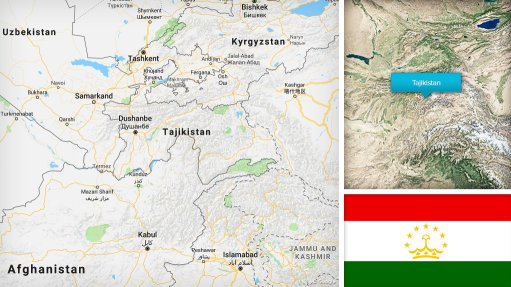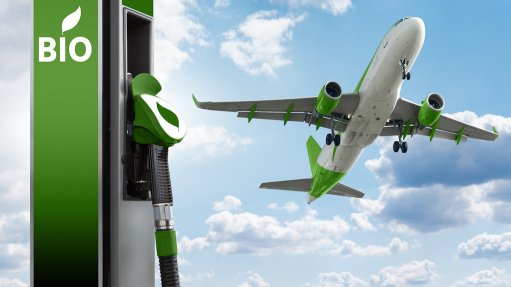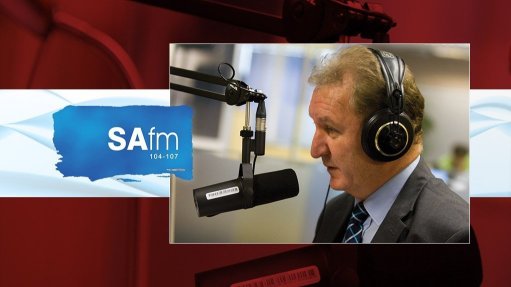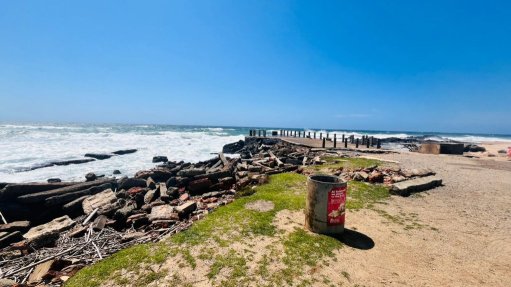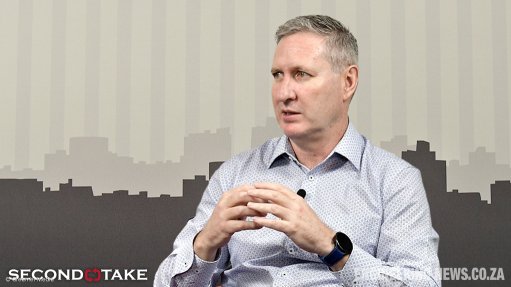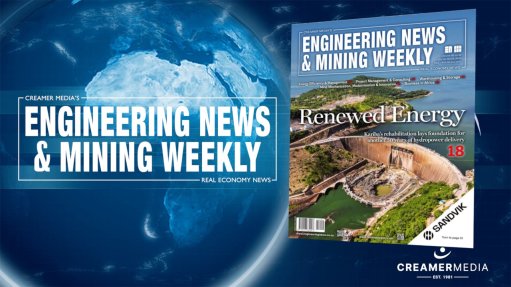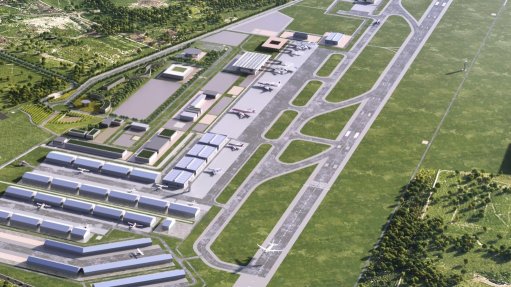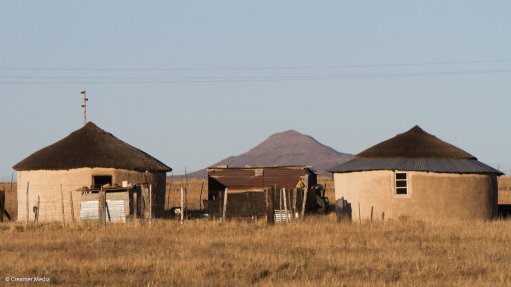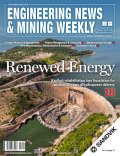Staring you in the face
Wind power and solar power are not available all the time. Many assume that the interconnected power system is some sort of system which has a huge storage dam full of electricity that is tapped to supply a load. Thus, when a windmill or solar panel contributes to the storage dam, this is a great and green thing and, because of this, something that should be rewarded.
In fact, renewable-energy suppliers are rewarded to the tune of about R70-million a day by State-owned power utility Eskom. Many think that Eskom should, in fact, shut down all its coal-fired plants and turn the power station area into a solar farm to better fill the huge storage dam full of electricity. However, the renewable-energy fairy tale has a wicked wizard: the sun does not shine at night and the wind does not blow sometimes. In fact, north of the Hottentot Holland Mountains, the wind does not blow much at all. But what the heck, you say, energy is energy and we should use renewable energy, if possible.
There is an issue. Let me educate you: the ‘ramp rate’ for a power system is the speed at which a generating system can pick up load. For a coal-fired power station to increase load, the coal feed must increase and the boiler steam generation must increase in a stable fashion. And so on. The ramp rate for a coal-fired power station is about 4 MW a minute. This means that, should the wind suddenly drop, the coal-fired stations must pick up the load. If the wind generation was doing 100 MW, the coal-fired stations can pick up the load with ease. For 1 500 MW, it takes a few minutes. There is, in fact, no storage dam full of electricity, so this has to happen in real time. Well, it can’t. So enter the gas turbines, which have a ramp rate of 50 MW a minute. So they can pick up 500 MW in a few minutes. First prize. However, at a cost.
The National Energy Regulator of South Africa, staffed by people many of whom think that the ‘electron’ is a nightclub in Durban, has ruled that Eskom can charge what it costs the utility for energy from all sources, including renewable energy from independent power producers. So, the renewable-energy costs of R70-million a day can be recovered. However, Eskom is not allowed to include in its cost recovery all its gas turbine costs, as these are regarded as ‘imprudent operations’. This means that, if the wind drops suddenly, Eskom loses money on running its gas turbines. However! Let us not debate this. I may be wrong.
What we need is the following: renewable energy, energy storage for renewable energy, and a storage facility that can generate electricity at a fast ramp rate. Moonshine? No, it exists.
I have in my storage a small car, powered by a hydrogen air fuel cell. It has a solar panel on top of the car. It has a clear plastic bubble tank that contains a small amount of water. Put the car in the sun for a few hours and the water converts to hydrogen. Open a valve and the hydrogen flows to the fuel cell, which generates electricity that drives a small motor and the car moves around.
This is a small technology demonstrator but it is a perfect technology; hydrogen is easily generated and the energy used to electrolyse hydrogen from water is about 80%. Hydrogen is easily stored. Fuel cells have a very high ramp rate. The only problem is that, as was the case with solar power, fuel cells are like a villa on the Spanish coast: Costa Plenty. The costs mostly come from the fact that the gases (hydrogen and air) have to pass through a catalyst to produce electricity (the process is H2O + electricity = H2 + O (electrolysis) and H2+O electricity = H2O (fuel cell). The catalyst that works is currently platinum. Which is costly. But we should be working on this.
Article Enquiry
Email Article
Save Article
Feedback
To advertise email advertising@creamermedia.co.za or click here
Comments
Announcements
What's On
Subscribe to improve your user experience...
Option 1 (equivalent of R125 a month):
Receive a weekly copy of Creamer Media's Engineering News & Mining Weekly magazine
(print copy for those in South Africa and e-magazine for those outside of South Africa)
Receive daily email newsletters
Access to full search results
Access archive of magazine back copies
Access to Projects in Progress
Access to ONE Research Report of your choice in PDF format
Option 2 (equivalent of R375 a month):
All benefits from Option 1
PLUS
Access to Creamer Media's Research Channel Africa for ALL Research Reports, in PDF format, on various industrial and mining sectors
including Electricity; Water; Energy Transition; Hydrogen; Roads, Rail and Ports; Coal; Gold; Platinum; Battery Metals; etc.
Already a subscriber?
Forgotten your password?
Receive weekly copy of Creamer Media's Engineering News & Mining Weekly magazine (print copy for those in South Africa and e-magazine for those outside of South Africa)
➕
Recieve daily email newsletters
➕
Access to full search results
➕
Access archive of magazine back copies
➕
Access to Projects in Progress
➕
Access to ONE Research Report of your choice in PDF format
RESEARCH CHANNEL AFRICA
R4500 (equivalent of R375 a month)
SUBSCRIBEAll benefits from Option 1
➕
Access to Creamer Media's Research Channel Africa for ALL Research Reports on various industrial and mining sectors, in PDF format, including on:
Electricity
➕
Water
➕
Energy Transition
➕
Hydrogen
➕
Roads, Rail and Ports
➕
Coal
➕
Gold
➕
Platinum
➕
Battery Metals
➕
etc.
Receive all benefits from Option 1 or Option 2 delivered to numerous people at your company
➕
Multiple User names and Passwords for simultaneous log-ins
➕
Intranet integration access to all in your organisation






